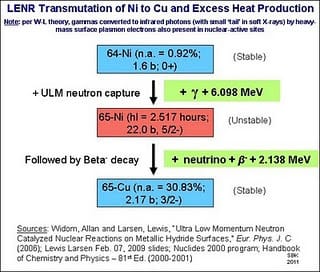Thanks to David Regan for sending me a link to this article about the ‘singularity’. I agree with a lot of what is being said here, like, for example, that technological development is exponential and that Moore’s Law doesn’t just apply to the number of transistors on a microchip. However, this all smells of science-as-religion.
Don’t worry, look at these graphs, everything is going to get all better. Or, Jesus will return and sort everything out.
Our technology is also developing in all sorts of areas, whilst in others nothing has changed and in some cases things are regressing. Yes, we have nuclear reactors and fusion cannot be so far in the future, but all around me people are building fucking windmills. Yes, we can create high-producing GM crops, we have powerful specific insecticides and herbicides and machines that can do the work of hundreds of farm workers of a previous age, whilst lunatics are advocating organic farming that couldn’t feed more than a third of the population we presently have. Yes, we have every kind of contraception possible, even long-lasting implants, but the world population is still heading for seven billion. Yes, we are coming to understand what happened in first few seconds of the big bang, but billions on this planet think some beardy fella in the sky is in charge.
I shan’t belabour the point.
Yes, technological development is fast, but the impact of it is subverted by politics, by religion, and it is undermined by fear and subjected to the drag of human stupidity.
All that being said, I found this very interesting:
For example, it’s well known that one cause of the physical degeneration associated with aging involves telomeres, which are segments of DNA found at the ends of chromosomes. Every time a cell divides, its telomeres get shorter, and once a cell runs out of telomeres, it can’t reproduce anymore and dies. But there’s an enzyme called telomerase that reverses this process; it’s one of the reasons cancer cells live so long. So why not treat regular non-cancerous cells with telomerase? In November, researchers at Harvard Medical School announced in Nature that they had done just that. They administered telomerase to a group of mice suffering from age-related degeneration. The damage went away. The mice didn’t just get better; they got younger.





